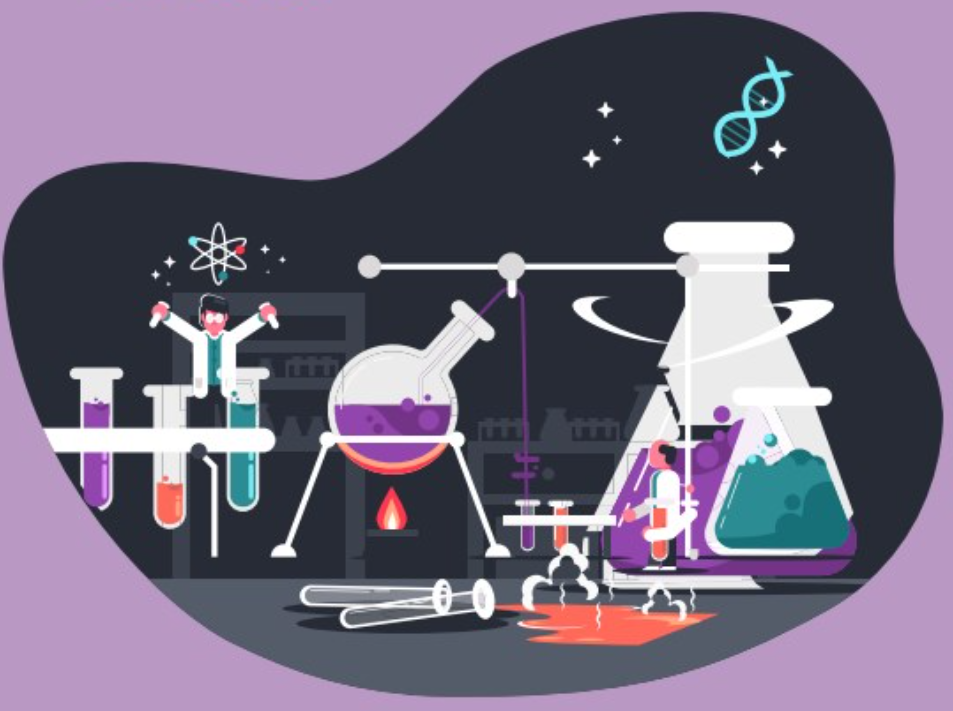1MG FlippingBooks
Amazing Facts - Science
By Rose Lane

Within the Gold Coast Health and Knowledge Precinct, scientists at the Institute for Glycomics, are exploring the role of the body’s “sugar language”.
Glycomics is a type of “translational science” that explores the workings of glycans in the body. Just as genomics focuses on genes and proteomics on proteins, glycomics seeks to understand the structure, function, and interactions of the entire complement of glycans in a given cell or organism.
So what are glycans? These are sugar chains attached to proteins or fats on every cell. They play a critical role in a multitude of biological processes, from modulating immune response to facilitating cell signalling. They can recognise pathogens such as parasites, bacteria and viruses; regulate protein function; and facilitate cell-to-cell communication. For example, the influenza virus uses a protein on its surface to latch onto glycans, enabling the virus to invade a cell and begin to replicate.
Unlike DNA or proteins, there’s no blueprint for making sugars. Their formation is an intricate biosynthetic process that involves several enzymes, the absence or alteration of which can cause a range of diseases, including types of cancer and congenital disorders.
The therapeutic and diagnostic potential of glycomics is immense. Altered glycosylation patterns are often indicators of disease. Certain cancers and autoimmune diseases have unique glycan signatures that can serve as potential biomarkers. Moreover, understanding glycan-protein interactions can help in the development of more effective vaccines and targeted therapies. In fact, glycans are also used in the formation of several drugs, such as the anticoagulant heparin.
Glycomics also has applications in biotechnology and agriculture. Understanding the glycome of plants could lead to the development of crops with improved nutritional profiles, higher stress tolerance, and increased disease resistance. It may also help to develop new methods of breaking down plant matter into sugars, which can then be converted to biofuels. And in the same way that it could help humans, glycomics could be used to better diagnose and treat livestock.
However, the structural complexity of sugars makes them difficult to study and characterise fully. It’s like trying to solve a 3D puzzle that keeps changing shape. Sugars come in various shapes and forms, even when they’re made of the same basic building blocks, and can appear differently depending on the cell and the conditions – almost as though they wear different “outfits” in different situations. Since they work in combination with other molecules, like proteins, it’s difficult to separate them out.
One of the great hopes for the use of glycomics is in the diagnosis of ovarian cancer. The Institute for Glycomics has found a new biomarker at higher levels in women with ovarian cancer than those without, giving rise to the hope that it may soon be possible to diagnose the disease earlier, and in doing so, increase treatment success rates.










